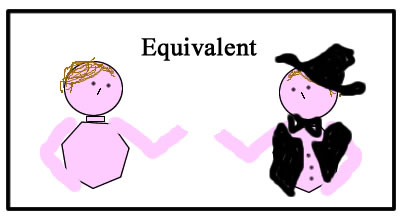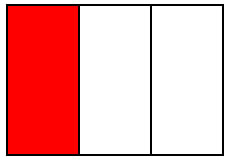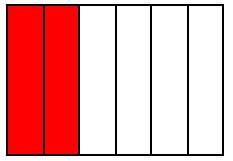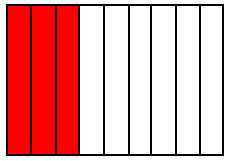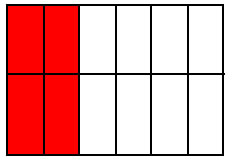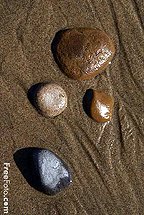| swiss-algebra-help.com |
 |
|||||||||||||
Equivalent Fractions
Equivalent fractions are...Like when you dress up in a costume! When two or more fractions express the same value ( the same ratio ) but are written in a total different way, then they are called equivalent! for example .
Another way to look at it is to consider areas. Like in the following example, the red area stay the same (keep the same value) but the fraction changes because the unit changes: 3 parts, 6 parts, 9, parts, 12 parts....
Another way to recognize equivalent fraction is when you are reducing them: you want to make their numbers smaller so that it's easier to "carry them along" when solving a practical problem. In the end is easier to cut a piece wood in 1/3 than in 3245/9735, isn't it? Did you notice? In the above fraction, 3245/9735, the Greatest Common Factor (GCF) is...3245!
514. A superficial knowledge of mathematics may lead to the Primary Arithmetic (Boston, 1897), pp. 26-27.
source: Memorabilia mathematica; or, The philomath's quotation-book - Moritz, Robert Édouard, 1868-1940
|
On the shore of a vast sea
|
|||||||||||||
|
Stay in touch with nature. It's full of mathematics! 
Enjoy This Site?
Then why not use the button below, to add us to your favorite bookmarking service? |
||||||||||||||
|
| Homepage| About Us |Study Tips |Contact | This Website is Powered by Site Build It! - and I would never use anything else.
|
||||||||||||||
|
| ||||||||||||||
